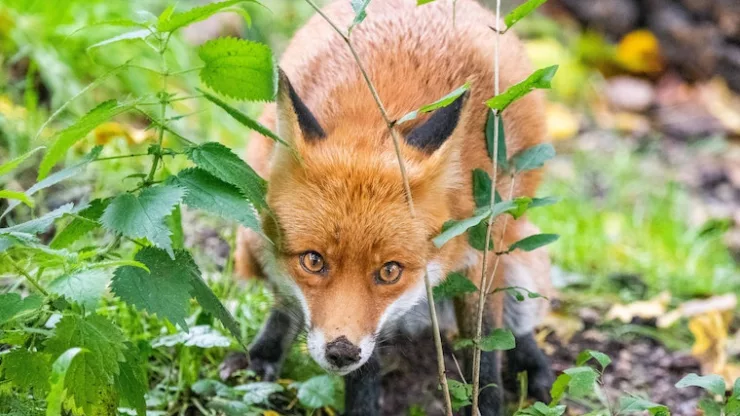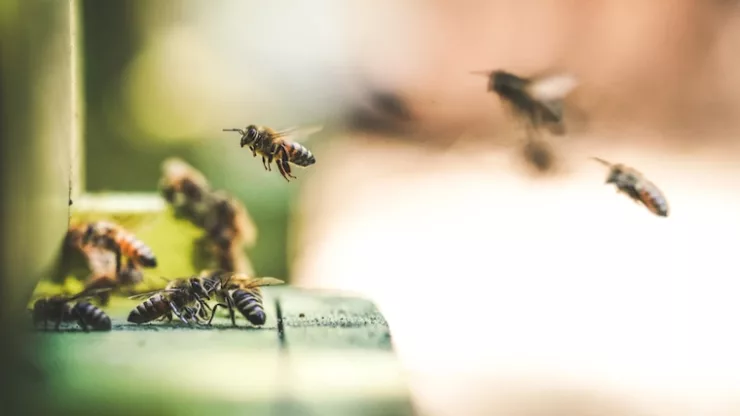In the digital age, the power of the written word has never been more potent.
As bloggers, we have a unique platform to inspire change and advocate for causes we deeply care about.
One such cause that is gaining momentum worldwide is animal welfare.
Jump to Section
Why Blog about Animal Welfare?
Animal welfare is a broad and multifaceted issue that encompasses everything from animal rights, cruelty prevention, conservation, and sustainable practices.
It’s a cause that affects us all, whether we’re pet owners, nature enthusiasts, or simply compassionate individuals.
By blogging about animal welfare, we can:
- Educate our readers about the importance of animal welfare and the role it plays in our society. Many people are unaware of the challenges animals face, both in the wild and in domestic settings. By providing well-researched, informative content, we can help our readers understand these issues and the impact they have on animals.
- Inspire our readers to take action. This could be adopting a pet from a shelter, donating to a wildlife conservation organization, or simply treating animals with kindness and respect. Through our words, we can motivate our readers to make a difference in their own way.
- Influence policy and societal norms. By raising awareness about animal welfare issues and advocating for change, we can help shape public opinion and influence policy decisions. This can lead to stronger animal welfare laws and regulations, better enforcement of existing laws, and a shift in societal attitudes towards animals.
Popular Animal Welfare Causes to Blog About
There are countless animal welfare causes that deserve our attention. Here are a few popular ones that resonate with many people:
1. Animal Rights and Cruelty Prevention
Every year, millions of animals suffer from abuse and neglect.
This includes domestic animals like dogs and cats, farm animals like cows and chickens, and wild animals captured for the pet trade or killed for their fur or other body parts.
By blogging about animal rights, we can shed light on these injustices and advocate for stronger laws and regulations to protect animals.
We can also provide resources for readers who want to report animal abuse or learn how to prevent it.
2. Wildlife Conservation
Many species are on the brink of extinction due to habitat loss, climate change, and poaching.
Blogging about wildlife conservation can help raise awareness about these threats and promote efforts to protect endangered species.
We can share success stories of conservation efforts, discuss the importance of biodiversity, and provide tips for readers on how they can contribute to wildlife conservation.
3. Sustainable and Humane Farming Practices
Many people are unaware of the harsh conditions in factory farms. Animals are often kept in cramped, unsanitary conditions, and are subjected to painful procedures without anesthesia.
By blogging about sustainable and humane farming practices, we can educate readers about these issues and encourage them to make more ethical food choices.
This could include choosing products from farms that treat animals humanely, reducing meat consumption, or even adopting a vegetarian or vegan diet.
4. Pet Adoption and Responsible Pet Ownership
Millions of pets are in shelters waiting for a loving home.
Blogging about pet adoption can help these animals find homes and educate readers about the responsibilities of pet ownership.
We can share stories of successful adoptions, provide tips for caring for a new pet, and debunk myths about shelter animals.
Making Your Animal Welfare Blog Posts Engaging
To make your blog posts more engaging and impactful, consider incorporating the following elements:
- Personal Stories: Share your personal experiences with animals. This could be a story about your pet, a wildlife encounter, or your experiences volunteering at an animal shelter. Personal stories help readers connect with your message on a deeper level.
- Facts and Statistics: Use facts and statistics to support your points. This not only strengthens your arguments but also shows your readers that you’ve done your research. For example, you could share statistics about the number of animals in shelters, the rate of deforestation, or the decline in population of certain species.
- Images and Videos: Visual content can make a big impact. Include photos and videos of animals to help your readers connect with them emotionally. This could be photos of animals in shelters, videos of wildlife in their natural habitats, or infographics about animal welfare issues.
- Calls to Action: Encourage your readers to take action. This could be donating to an animal welfare organization, signing a petition, adopting a pet, or making lifestyle changes to reduce their impact on animals. Be specific about what action you want your readers to take, and make it easy for them to do so.
- Interviews: Consider interviewing experts in the field of animal welfare. This can provide your readers with valuable insights and lend credibility to your blog. You could interview veterinarians, animal rights activists, conservationists, or researchers studying animal behavior.
Using Tables and Charts
Tables and charts are a great way to present data in a clear and concise way.
For example, you could use a table to compare the number of animals in shelters versus those in homes.
Or, you could use a chart to show the decline in population of a certain endangered species over time.
Here’s an example of how you could use a table in a blog post about pet adoption:
| Year | Dogs in Shelters | Dogs Adopted |
|---|---|---|
| 2018 | 3.3 million | 1.6 million |
| 2019 | 3.2 million | 1.7 million |
| 2020 | 3.1 million | 1.8 million |
And here’s an example of how you could use a chart in a blog post about wildlife conservation:

Conclusion
As bloggers, we have the power to make a difference.
By blogging about animal welfare, we can raise awareness, inspire change, and advocate for those who can’t speak for themselves.
So let’s use our platforms to make the world a better place for all creatures, big and small.
Remember, every blog post, every shared story, and every call to action brings us one step closer to a world where all animals are treated with the kindness and respect they deserve.
So let’s start blogging for change today!
I’m a nature enthusiast and creator of Metro Wilds and have spent years exploring the great outdoors.
With a passion for environmental conservation and sustainability, I have dedicated my career to writing about the beauty and wonders of nature, as well as the threats facing our planet.
Contact me at [email protected] for assistance.





